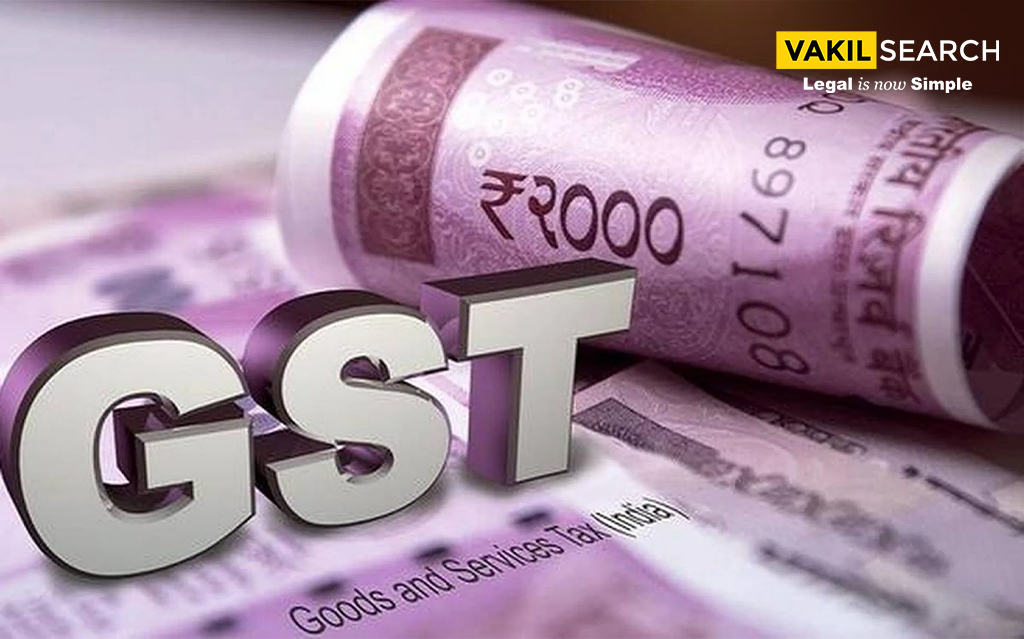In this article, we discuss the step by step procedure for generating an e-challan under the GST regime.
Generate GST Challan: Overview
In 2019, the Indian government mandated that GST holders with a turnover exceeding ₹500 crores must record all their invoices through a central government portal to enhance compliance and transparency. The objective here was to prevent manipulation or distortion of transactional statements to evade taxes.
In fact, the introduction of the challan system, coupled with online transactions, has streamlined the GST payment process, making it convenient for business owners. The new mechanism allows for hassle-free payments through methods like NEFT, RTGS, and Credit/Debit Cards.
To make a GST payment, a challan must first be generated on the GST portal. Subsequently, payment can be completed through internet banking, credit/debit cards, NEFT, or cash payments at selected banks. This article will guide you through the process of creating a GST payment challan and completing the GST payment.
| This article provides a step-by-step guide on how to generate a GST Challan. |
How To Make A GST Payment
GST payment can be done through the following methods
- Internet Banking through authorised banks;
- Debit card or Credit card through authorised banks;
- The National Electronic Fund Transfer (NEFT) or Real Time Gross Settlement (RTGS) from any bank made online; or
- Over-the-counter payment through authorised banks for deposits up to Rs. 10,000 per challan per tax period, by cash, cheque or through a demand draft.
Wondering how to calculate GST percentage? Use our online GST calculator India for accurate results.
Banks Accepting GST Payments
The following banks have been authorised by the government to accept GST payments on its behalf. Taxpayers can generate a GST payment challan and pay GST by cash, cheque, or DD at one of the following banks:
- BANK ALLAHABAD
- BANK OF ANDHRA
- THE AXIS BANK
- BANK OF INDIA BANK OF BARODA
- MAHARASHTRA BANK CANARA BANK
- CORPORATION BANK OF CENTRAL BANK OF INDIA
- BANK DENA
- HSBC BANK
- ICICI BANK LTD.
- THE IDBI BANK
- INDIAN OVERSEAS BANK INDIAN BANK
- BANK OF JAMMU AND KASHMIR LIMITED
- SIND BANK AND ORIENTAL BANK OF COMMERCE PUNJAB
- NATIONAL BANK OF PUNJAB
- SYNDICATE BANK OF THE STATE BANK OF INDIA
- THE UCO BANK
- VIJAYA BANK UNITED BANK OF INDIA UNITED BANK OF INDIA
Generating A GST Challan
The process for generating your GST challan is as follows:
Step 1: Sign in to your GST account on the portal. Once you have landed on your dashboard you will see a button called ‘create challan’. Click on that button.
Step 2: Enter details of the GST payment you would like to remit. Enter details of the GST payment that you would like to remit. The amount has to be provided under the heads of the
CGST, IGST, Cess and the SGST.
Also, the breakup of the payment made towards tax, fee, interest, penalty and others has to be mentioned. Select the mode of payment from the payment modes option. Once all the necessary fields have been filled, click on ‘Generate Challan’.
Step 3: Verify GST payment details
You will now be redirected to the screen where you will need to verify the details entered so far and confirm that they are correct. Once done, click on the button that says ‘make payment’.
In case it is a cash payment, a GST payment challan will be generated. The payment challan can be produced at an authorised bank that is mentioned above to make the payment over the counter.
| If you choose to pay the goods and services tax online, then you must verify all essential details related to your payment. In case, there are some problems in calculation, then you may end up paying some extra money. Hence, you must take steps to avoid such a situation. |
What Are The Consequences For Not Filing A GST Return?
- The dates for filing your GST returns are fixed. However, the government does provide an extended window for late filings. But this comes with a penalty of ₹ 100 per day and ₹ 200 per day for CGST or SGST, up to the limit of ₹ 5,000.
- If you have forgotten or missed the deadline for filing the returns in any particular month, you will not be able to file any other returns until the pending returns are filed and the requisite fine or penalty is paid off.
Conclusion
In conclusion, while the GST portal has brought about significant simplifications, its framework can still appear somewhat complex, especially for those not well-versed in the subject. Filling out the forms independently may prove challenging without proper training.
Therefore, it is recommended to seek the assistance of a legal expert, such as those available at Vakilsearch, who possess expertise in these matters. This guidance ensures that your GST-related obligations are addressed seamlessly, without any unnecessary complications.



